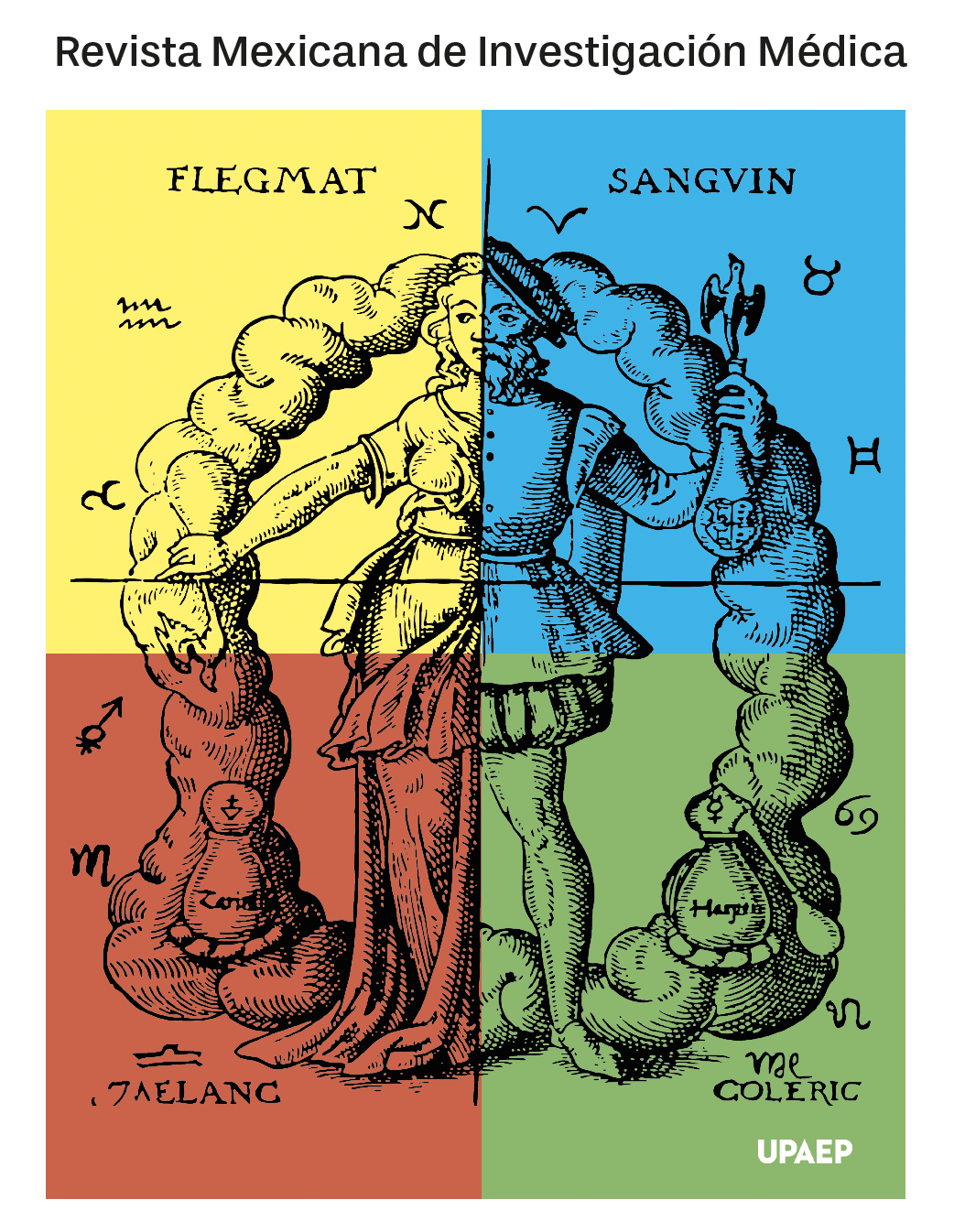Enhancement of motor learning through the use of two different transcranial electrical stimulation protocols in healthy adults
Keywords:
motor learning, transcranial electrical stimulation, direct current, random noiseAbstract
The use of transcranial electrical stimulation (TES) to enhance motor learning is a topic of great interest in physical rehabilitation and the context of sports performance. The objetive was evaluate the effect of applying two different transcranial electrical stimulation protocols on motor learning in healthy adults. Materials and methods. The investigation consisted of two experiments; the first included 15 randomized control subjects assigned to three groups, each receiving different initial interventions. The first group started with transcranial direct current stimulation (tDCS), the second group started with transcranial random noise stimulation (tRNS), and the third group received a placebo stimulation. All subjects were evaluated using a Lafayette board, performing the four standardized tasks established by its authors. The total number of errors in each task was analyzed based on the experimental intervention. In the second experiment, 11 subjects were evaluated to determine the influence of timing (before or during the test) of the application of the modality that proved most effective in Experiment 1, using the Minnesota board. Results. In the first experiment, subjects who received tDCS and tRNS demonstrated better motor performance, making fewer errors compared to the placebo group (repeated measures ANOVA; p = 0.006). A large average effect size was found for tRNS (Hedge’s g = -0.8) and a moderate effect size for tDCS (Hedge’s g = -0.6). tRNS was more effective when applied during task execution (Hedge’s g = -0.64 vs. -0.33), but both modalities significantly reduced execution time (ANOVA, p = 0.0191). Conclusions. The application of tDCS and tRNS improved motor learning, particularly the application of tRNS during the execution of the experimental paradigm.



